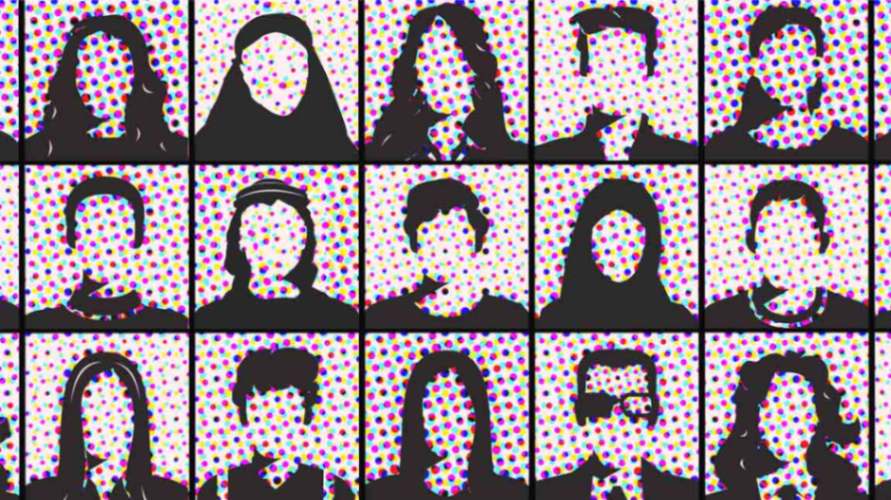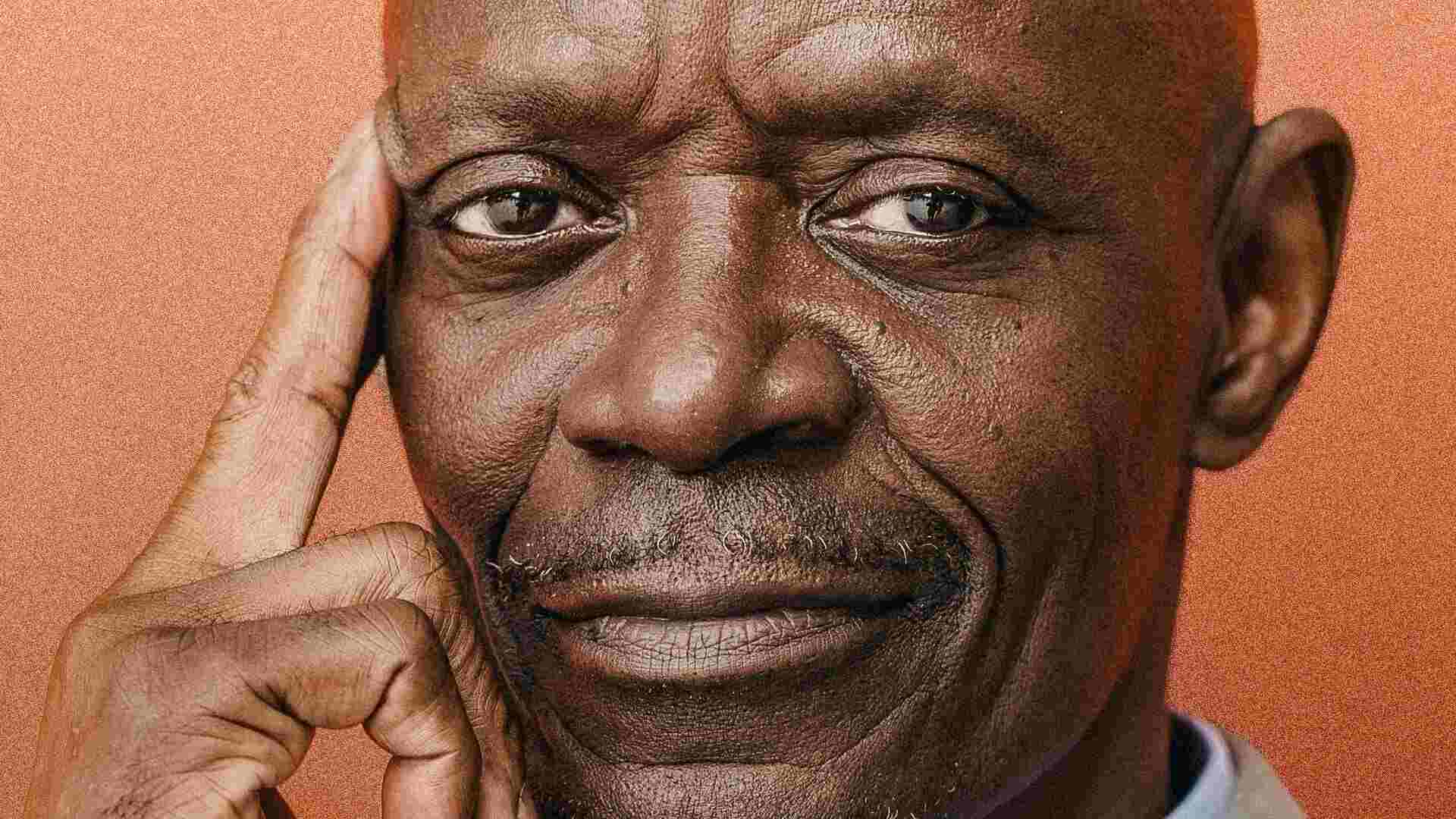- | 8:00 am
When you become a freelancer, your identity changes. Here’s how
In ‘The Freelance Mindset,’ Joy Batra breaks down why it can be so difficult to transition to freelancing.

When you are a freelancer, you have no automatic job title. It’s up to you to create one. And the question implied in our social systems is a haunting one: Without a job title, do you even exist?
The existential angst this question creates could be one reason people fear freelancing. After all, becoming a freelancer means killing the part of yourself that sees 9-to-5 jobs as your path forward to both safety and social status. You will say goodbye to society’s understanding of where you fit. Welcome to the most challenging stage of your freelancing journey: the death of your old identity and your rebirth with a new one.
THE DEATH OF YOUR OLD SELF
Whether it’s a high school reunion, a job interview, or a first date, at some point you may start to feel that your 9-to-5 identity isn’t working for you anymore. It doesn’t accurately match your current lived experience, and it may not match where you hope to be in the future. You are caught in the middle of two worlds, the old and the new, and you can’t go neatly back to where you were before you lived this experience. You can’t unsee what you’ve seen as a freelancer; you can’t unthink the possibility of setting your own schedule and focusing only on the projects that matter to you. You cannot go back to the old way of thinking, and yet your new form hasn’t taken shape yet.
The challenge—and power—of the freelance mindset is to separate our identity from how we earn the money to pay for food, shelter, and everything else. After all, we are so much broader than how we make money. Our souls are so much richer. If you don’t believe me, think back to when you were in elementary school. On any given day, you could read, solve math problems, compete in a sport, paint a picture, play make-believe, and then get back up the next morning and do it again. With so many activities, you could not pick one of them as your central identity. That was still something you were developing. Now, as an adult, you can give yourself permission to revisit that state of opportunity.
GRIEVING YOUR LOST IDENTITY
To be reborn, we need to acknowledge the full extent of the change taking place. Even if you are moving toward the life of your dreams, you may still feel a profound sense of loss. That loss creates grief. For some, the loss will center on the loss of professional identity—the version of yourself that you and others used to see. Others may grieve the loss of financial security. Perhaps you were a key breadwinner in your family and now rely on your partner’s support. A third form of loss may involve your social identity; you may no longer feel part of a community or team, or feel you are simply not understood by the strangers you meet. Finally, there is the loss associated with letting go of a dream that didn’t work out. All these losses are legitimate and need to be grieved before you can move forward.
If you read this and wondered whether you even have permission to grieve over something like a loss of identity, you are not alone. This is known as disenfranchised grief. The outside world often fails to recognize these losses as legitimate, and that lack of understanding can be incredibly disorientating for the person experiencing them. Having been there myself, I can attest to how confusing it feels to grieve something you once considered trivial. If you feel as though you’ve lost something in your transition from 9-to-5 to freelancing, your sense of loss is valid. It is legitimate to grieve this loss.
So how do we do that? The answer is relatively simple, but that doesn’t make it easy. The first step is to recognize that when you are experiencing a loss of identity, you need to grieve. That means recognizing that your sadness, confusion, or disorientation about your identity is a symptom of something larger.
Next comes acceptance. Accept that your life is in transition, that it looks different from what you thought it would be, and that your relationships have shifted as a result. Give yourself grace. When you accept these things, you can be present with your feelings. Finally, you’ll want to acknowledge which parts of your identity are under your control and surrender those that aren’t. This process takes effort, practice, and a good deal of patience. Be gentle with yourself. This work will take time. If you take anything away from this piece, let it be this: You are not alone. And, as always, consider speaking with a professional if you find your grief interferes with your daily functioning.
REBIRTH
What comes after death of, and grief over, a lost identity? The birth of a new identity, one that fits your new existence as a freelancer. We can picture this change as a majestic phoenix rising from the ashes of your previous self. How does this new identity emerge? Like an actual birth, there is a period of gestation during which you accept that something new is forming, although it hasn’t hatched, and flying is still a distant dream.
The gestation period is the messy middle, the misunderstood space. And you may live here for a while. I did. That’s the moment when you’re lost for words when someone asks what you do, when you feel as if you have more identities than you can express in a sentence or on a social media bio.
But if you allow this messy stage to take shape, you’ll eventually have a breakthrough. You’ll notice patterns in which professional identities feel good to latch on to, which ones spark conversations you’d like to continue, and which ones help you get clients or nail your job interview.
Make no mistake: Rebirth is a difficult process. Some people get stuck here for a long time. I did for years. Some decide it’s too difficult and go back to their old professional identity. But those who persist emerge on the other side triumphant, reborn as heroes of the new world.
WHAT YOU DO IS NOT WHO YOU ARE
Let me repeat that: What you do is not who you are. Our capitalist society spends a lot of time trying to convince us that we are our work, but we don’t have to fall for it.
Ultimately, most people have to do the difficult work of separating who they are from what they do for a living. Psychiatrist David Burns finds many of his patients assume—often without realizing—that their professional achievements are a proxy for how valuable they are as human beings. This assumption is problematic on many levels: It is untrue, impossible to satisfy, and creates a ripe environment for both anxiety and depression.
Failure to separate yourself from your work can lead to poor performance. Why? Linking your self-image to your job makes it difficult to separate unfavorable work outcomes from your sense of self-worth. Passed over for a promotion? Product launch a flop? If you think these external outcomes say something meaningful about who you are and what you are worth as a human being, you’re in for a lot of unhappiness. You may also be less likely to take risks that could lead to growth, and to request and receive better pay, titles, or jobs.
Instead, separating your self-worth from your job performance can be a powerful inoculation against the inevitable highs and lows of working life. This frame of mind can make you more curious when things don’t go well, more open to taking risks and receiving constructive feedback, and more resilient in the long run.
And guess what: Freelancers grapple with self-image every single day. We are on the front lines, where our identities are tested every time we pitch a new client, meet an acquaintance, or try to make a big purchase. To be successful as a freelancer—to persist, to refine our pitches, to live in that space of uncertainty when people don’t necessarily understand us—we have no choice but to come to terms with the fact that we are something bigger than the absence of a job title.
We are the same person when we freelance and when we have a more conventional job. We are also the same person whether we don’t get paid for several months or we get paid the same amount every two weeks. This steadiness of self allows us to anchor our identities around something bigger and more purposeful. We are pushed to think beyond where we are today and to discover why we love the work we do and where we hope to be in the future.
SEPARATING THE TWO IDENTITIES
If conflating professional identities with self-worth is a mainstream trend, undoing that work is a major goal of the mental health profession. Burns suggests a technique for correcting this false belief that also centers on the scenario of a school reunion. In this role-playing exercise, one person plays a person with a highly prestigious and lucrative job.
In an example from the movie Romy and Michele’s High School Reunion, this person could be the bully, Christie. The other person in Burns’s exercise has a job that is much less prestigious or lucrative. So when unemployed Michele imagines former classmate Christie as the top-rated weather woman in Tucson, Michele could simply acknowledge that although Christie has more fame and money, these qualities don’t make her a better or more valuable person than she, Michele, is. Of course that’s not nearly as fun as lying about inventing the formula for Post-it notes, but it might have made Michele feel better in the long run.
WHO ARE YOU?
“Who are you?” is the million-dollar question. It’s also one of the most exciting parts of your journey. Now that your old professional identity is dead, you get to build a new identity from the ground up. Your new identity can include professional, personal, and social elements. This way, you can bring your whole self to the table, a relatively new phenomenon.
A time long ago, when we worked in offices, we could show up in our professional attire, work for a bunch of hours, and then go home and be our “real” selves. But that world has gone away. Now many of us work where we live and turn our lives into content that people we barely know can see. In this new model, it is becoming increasingly hard to compartmentalize the different sides of ourselves.
And this new arrangement might actually be a good thing, because we don’t have a “work” self and a “real” self in quite the same fragmented and confusing way as would otherwise be the case. Instead, we have one self, and we must figure out how to integrate it into the various situations we find ourselves in. Get used to thinking of yourself as a software engineer, a dancer, or whatever other new labels you choose. Challenge yourself to use these new identities, even if you are a beginner or less accomplished in a space than you would like.
If the identity feels meaningful to you, it is valid. There will always be room to improve your skills, no matter which level you are at. Finally, announce your new identity to the world! Say it at that dinner party, put it on your website, or update your social media profile.
The question of what you do for a living is not going away anytime soon in our culture, but we can learn to answer it in a concise way that still feels authentic to our lived experience.
Excerpted from The Freelance Mindset: Unleashing Your Side Hustles for Better Work, Play, and Life by Joy Batra. Used by permission of the publisher Rowman & Littlefield. All rights reserved.
This excerpt has been edited for length and clarity.







































